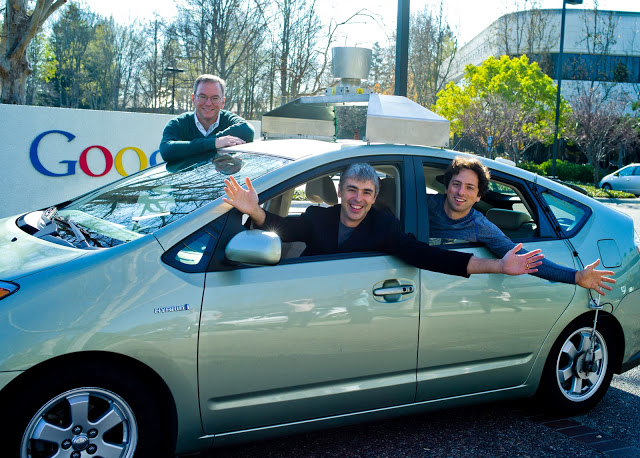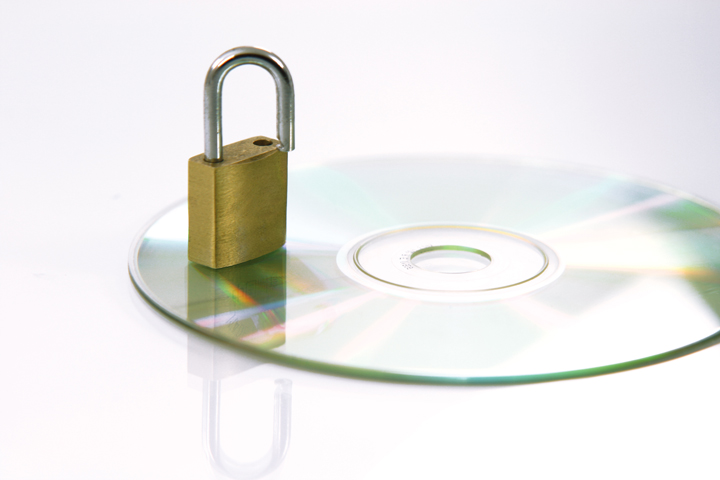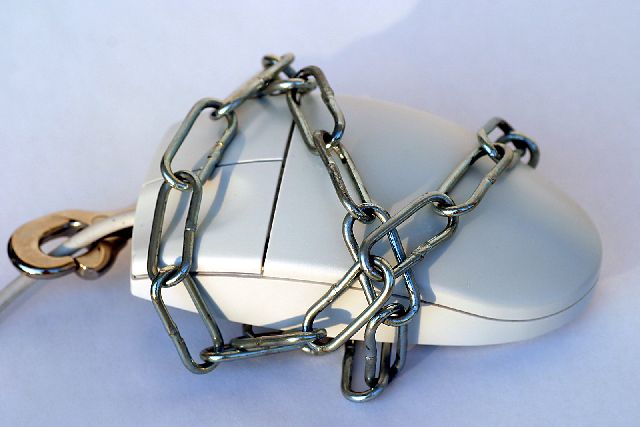What are the trade offs in the connected city? Last week we had an opportunity to talk with Esmeralda Swartz, Ericsson’s Vice President of Marketing Enterprise and Cloud last week about what policy makers and citizens need to consider.
One of the important issues is security in both the data being collected, “what are the benefits and what is not acceptable?” Esmeralda asks.
In all the conversations this site has had with smart city advocates the topic of open data has been essential, but this raises the issue of security. Something lacking in the Internet of Things.
“Security has to be built into every level,” says Esmeralda who flags that the IoT adds a whole range of new risks.
Along with security, a critical part of a successful connected city is having open data, Esmeralda believes.
“if you start looking at the all the layers that need to be connected then they have to be open,” she says.
Open data is a critical point for smart cities and connected communities, if information isn’t open then it’s hard for an ecosystem to develop or for residents to have confidence their data is being used for their benefit.
For companies like Ericsson, who are trying to establish themselves outside of the traditional telco model, gaining the confidence of communities and their leaders is essential to their smart city strategies.
Much of the smart city movement is based upon solutions looking for problems – a common trait of the IT industry – for vendors like Ericsson to succeed in selling their products it’s essential to prove value to their customers and gain the confidence of communities as they trade off utility for privacy.




